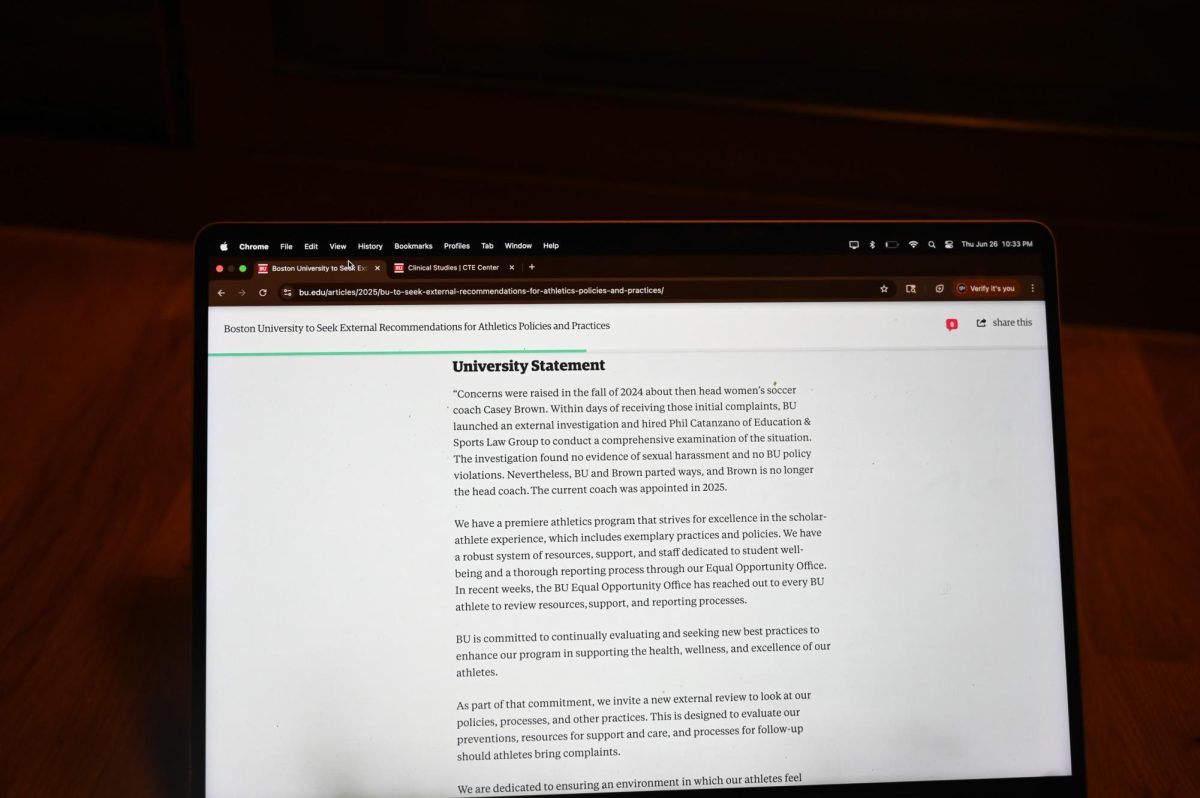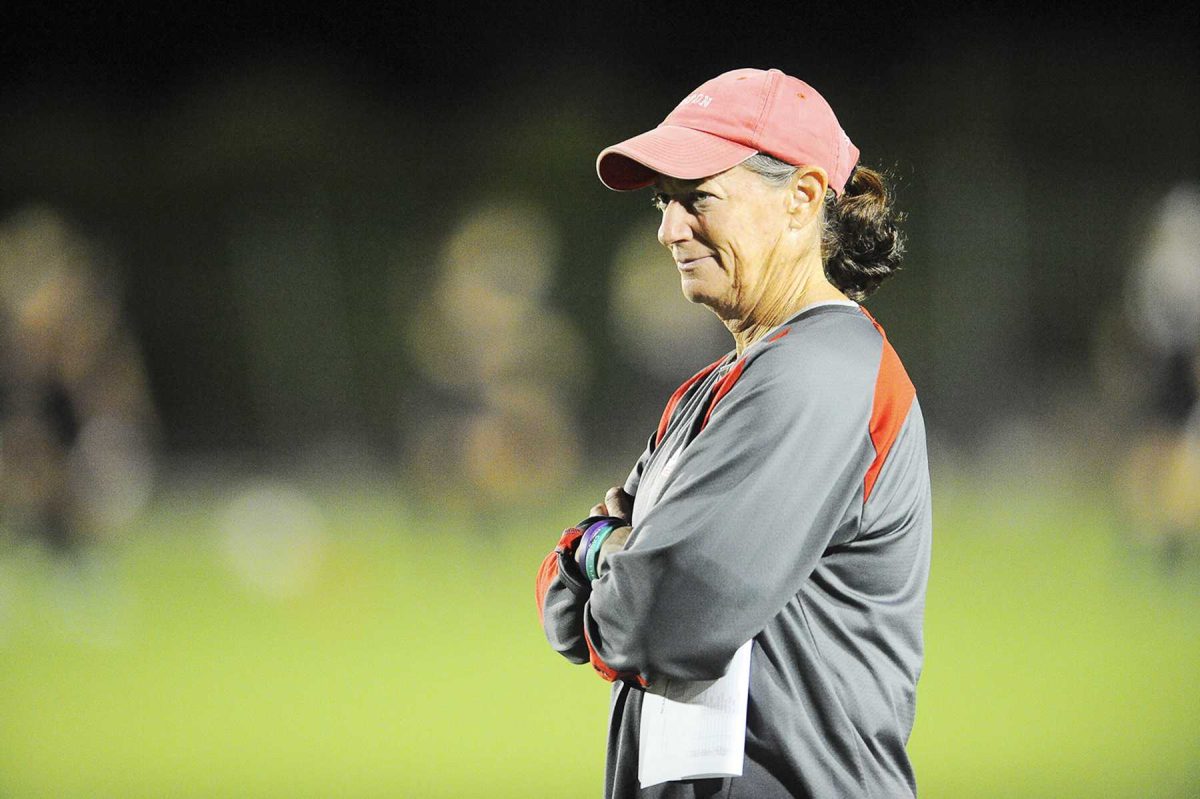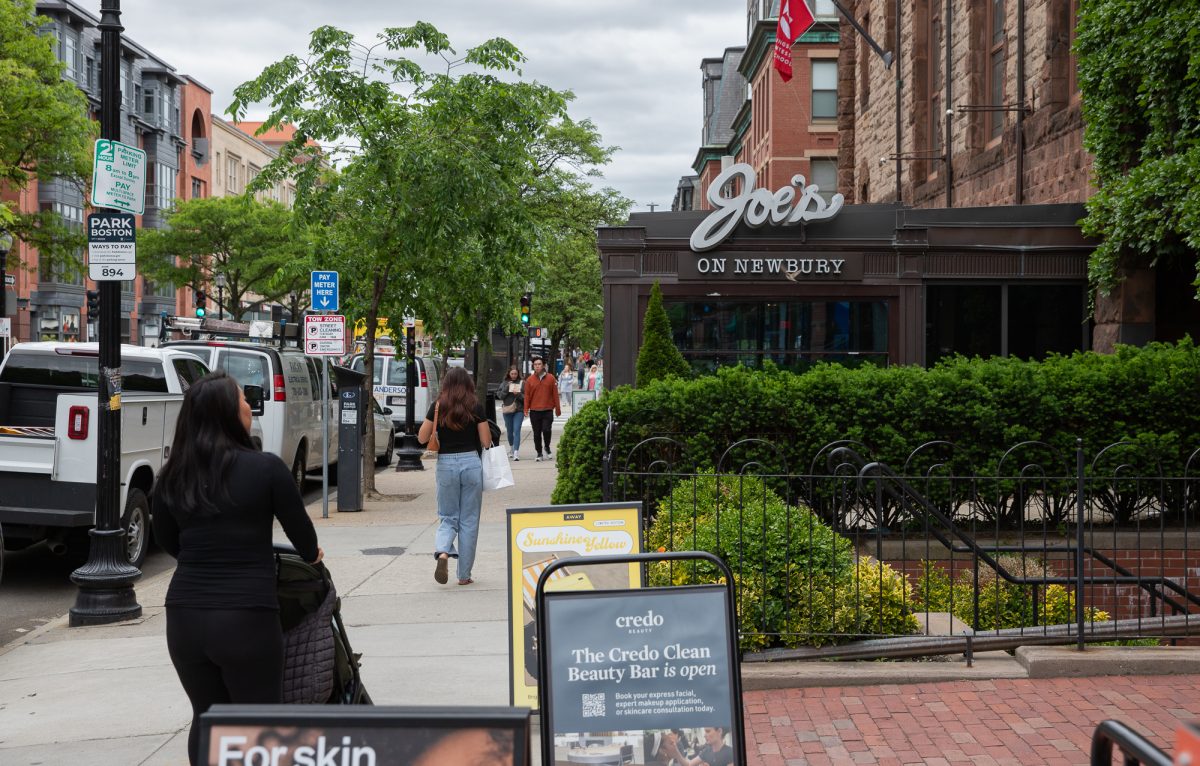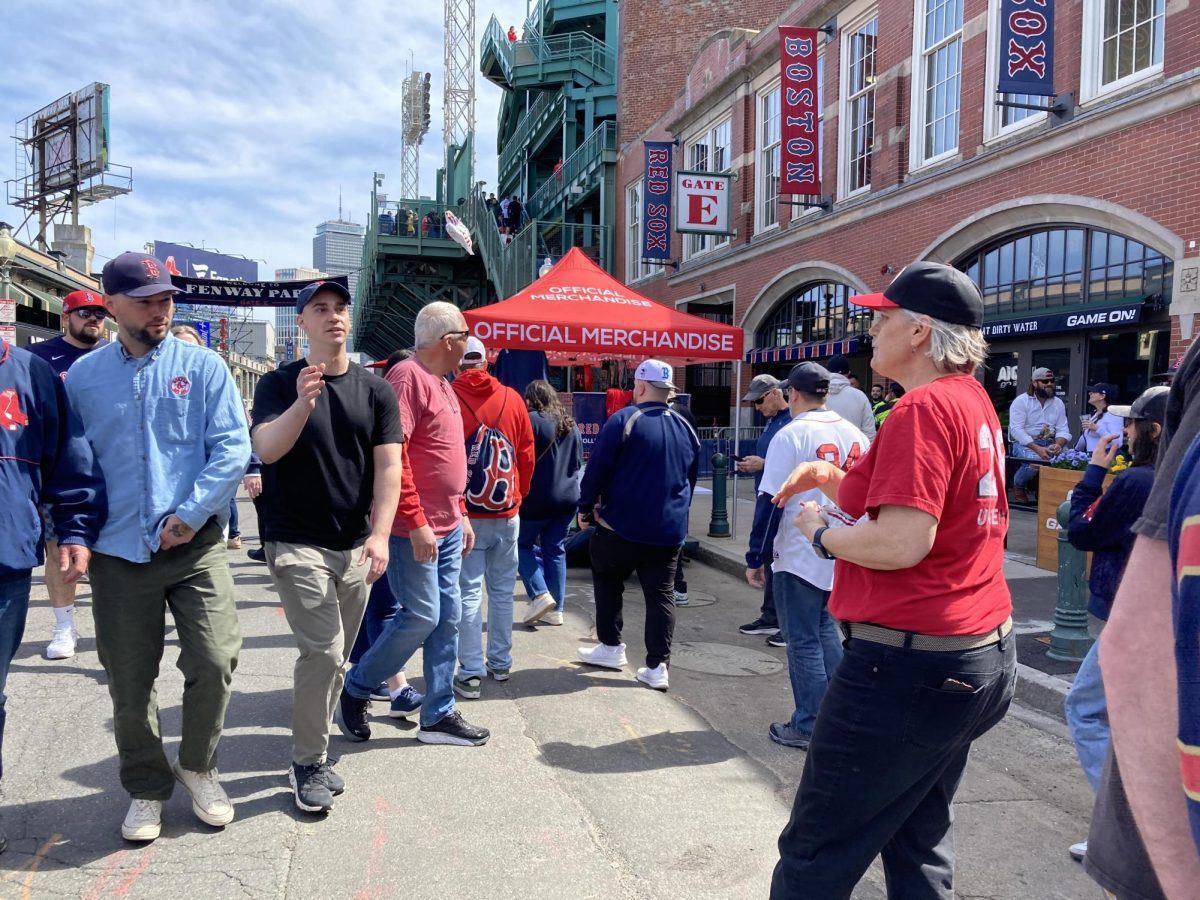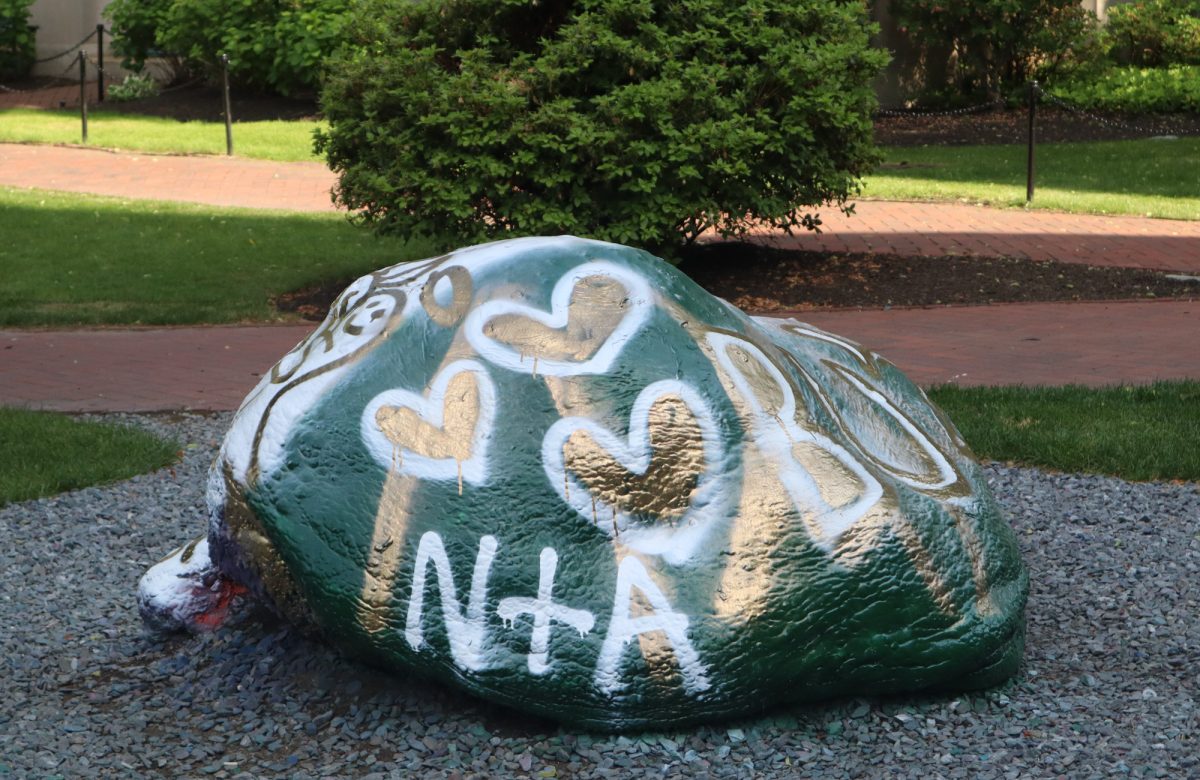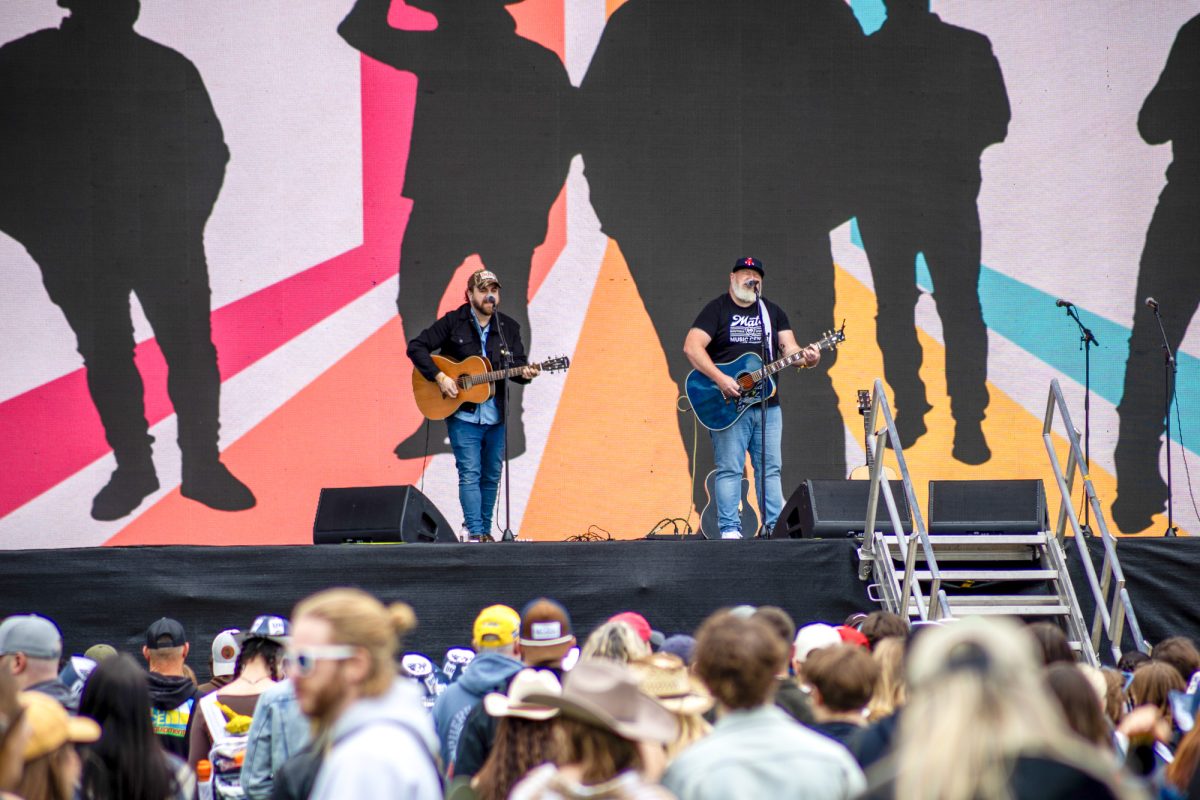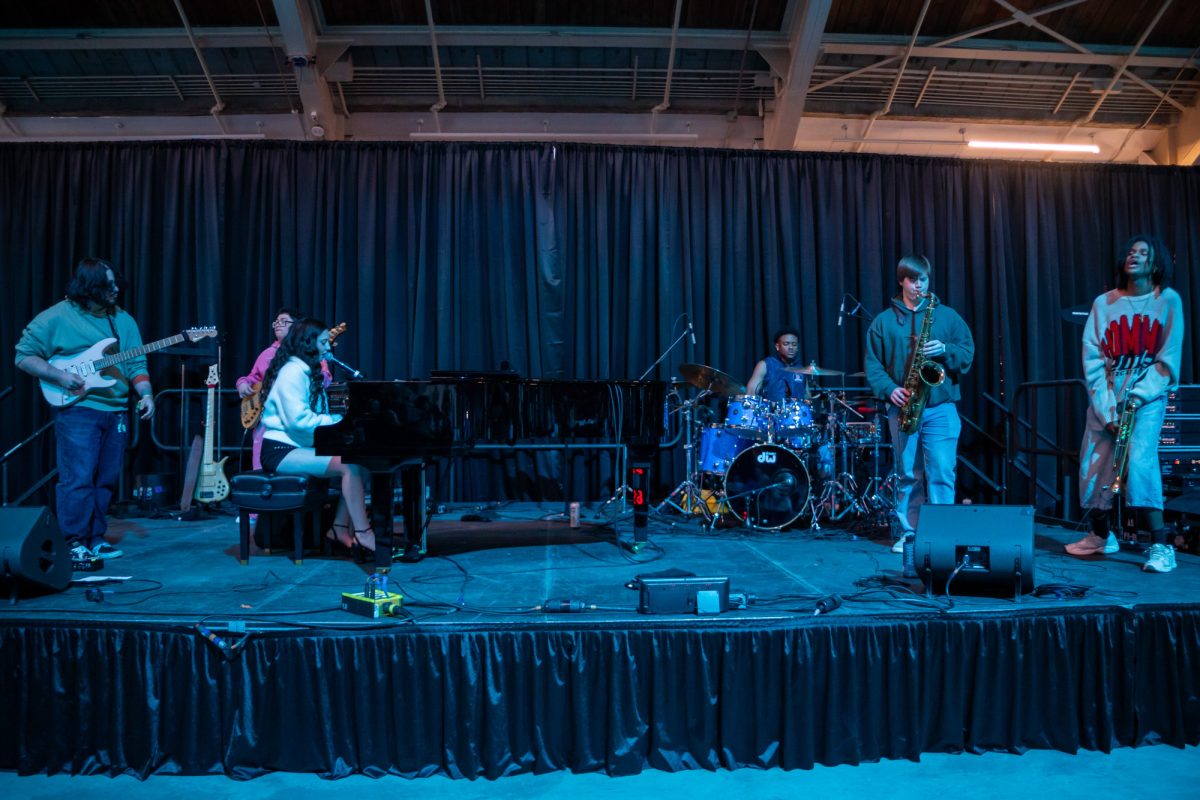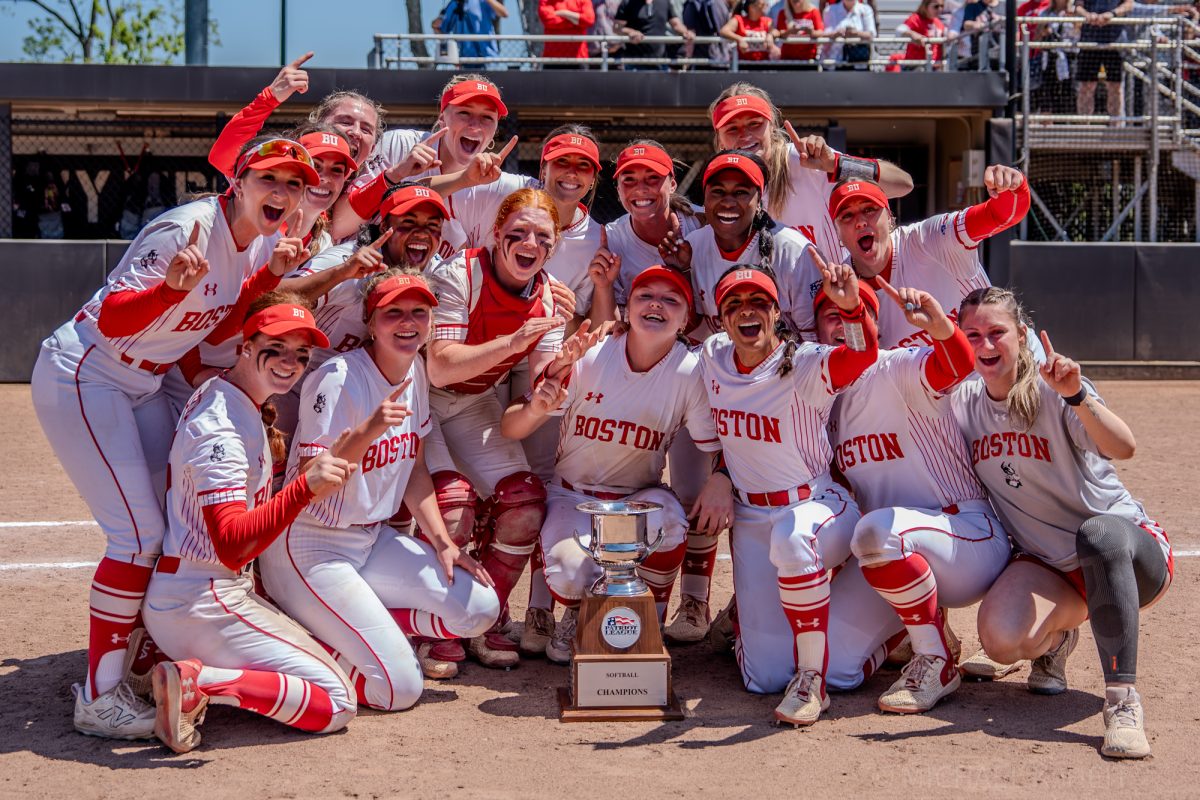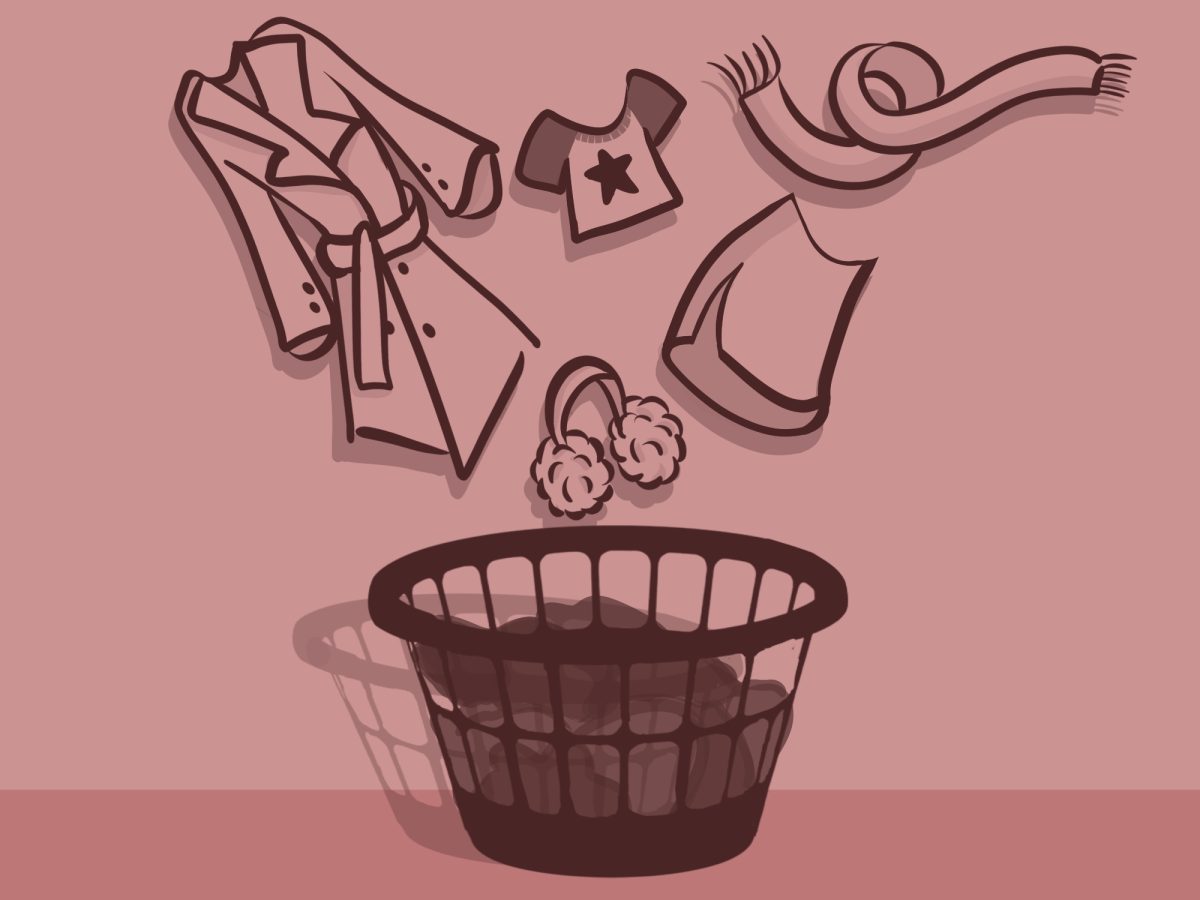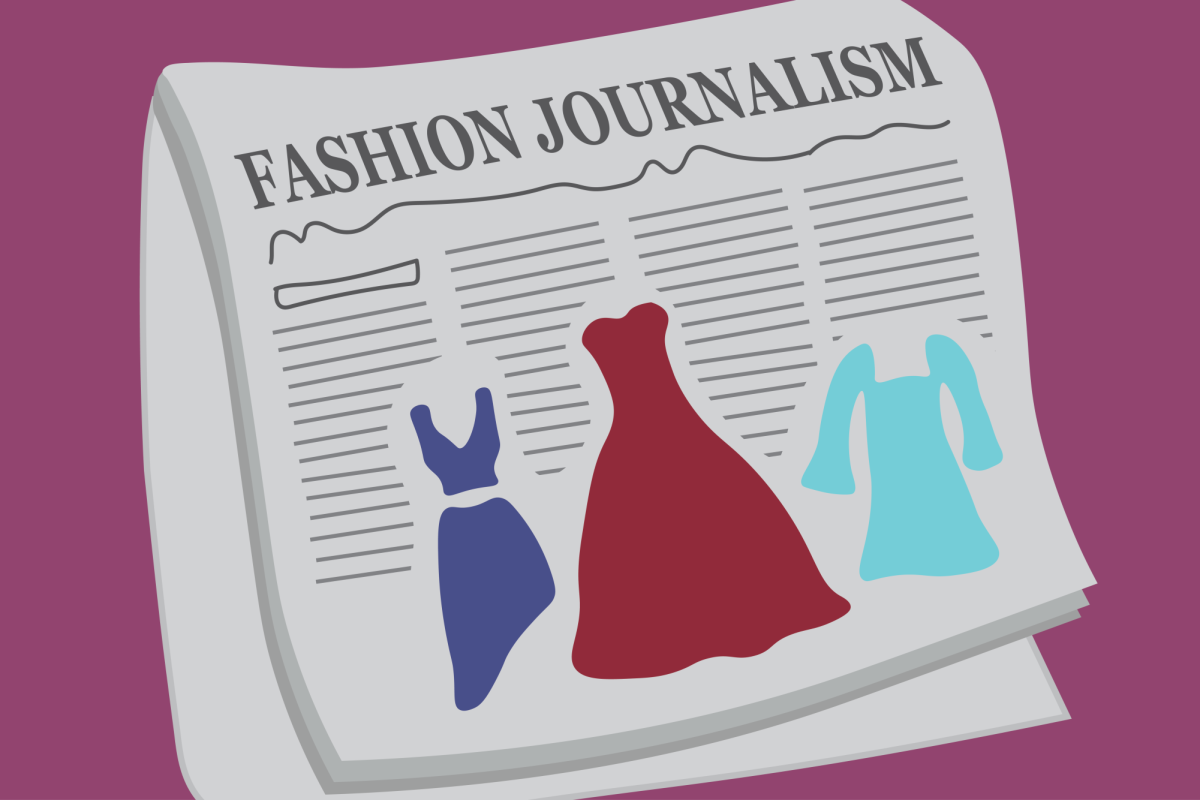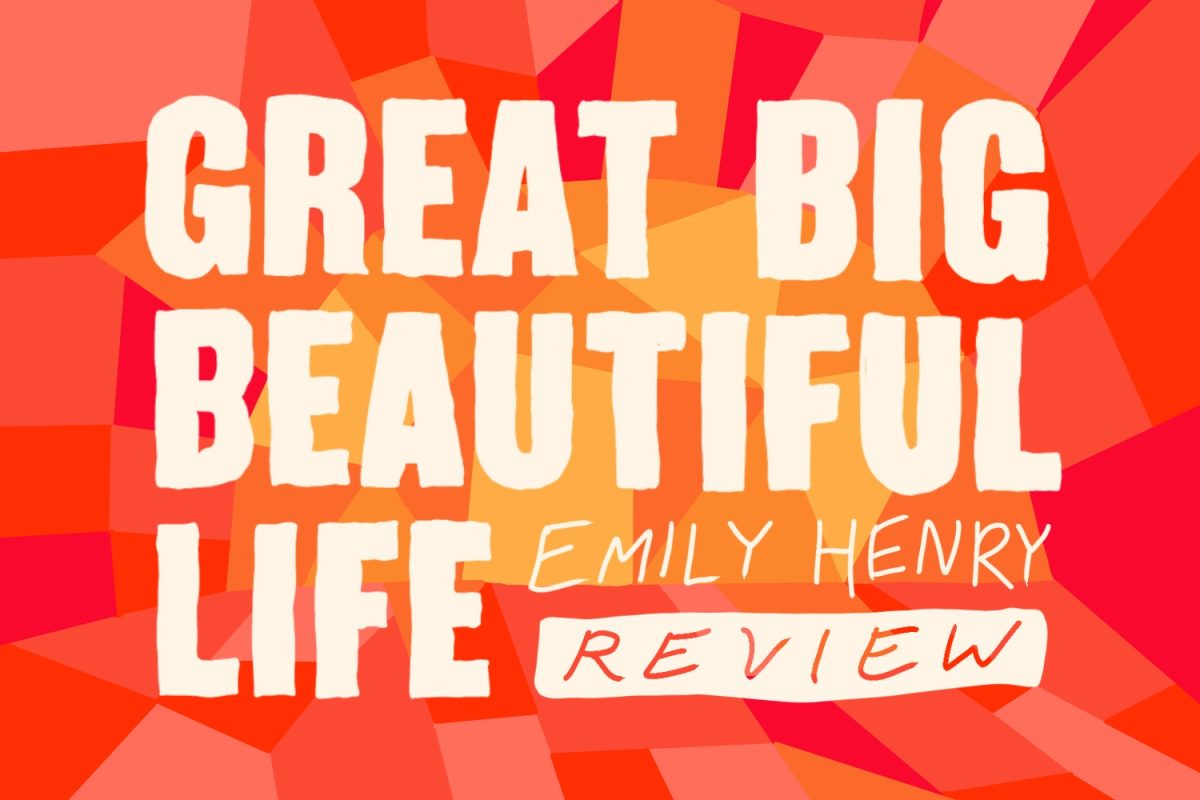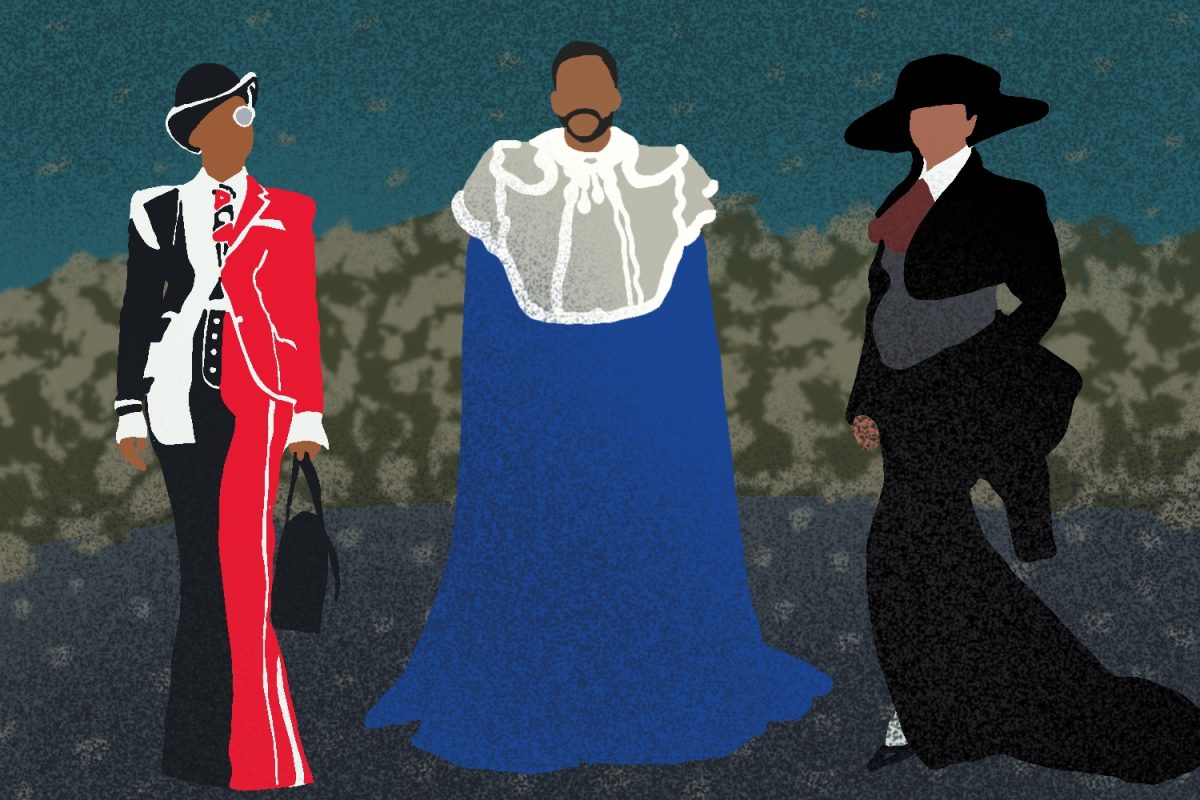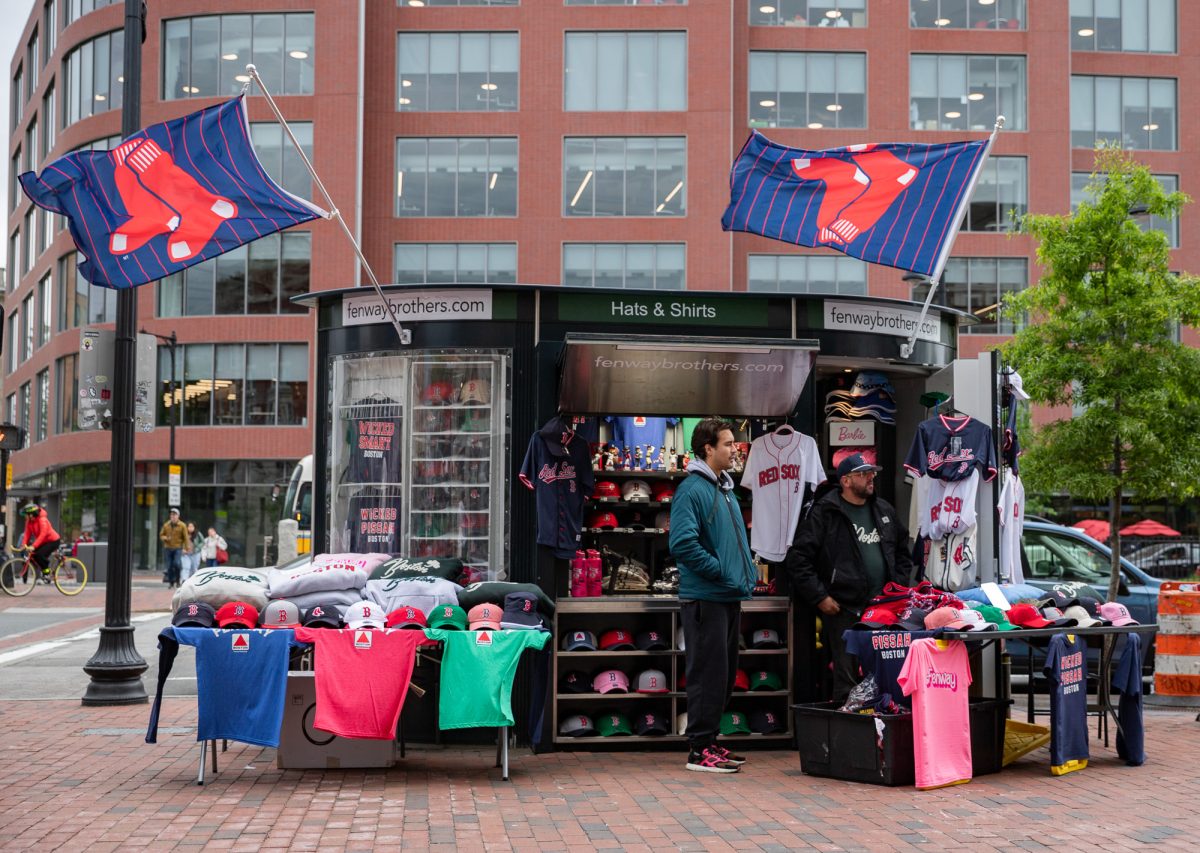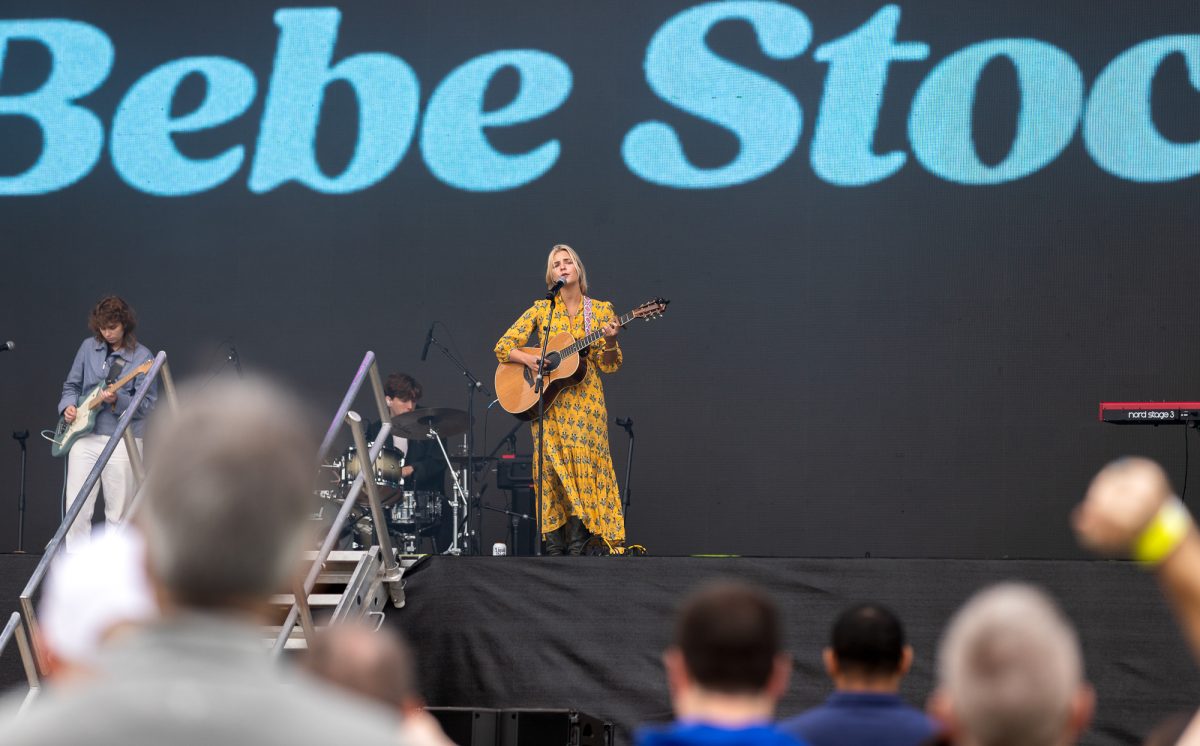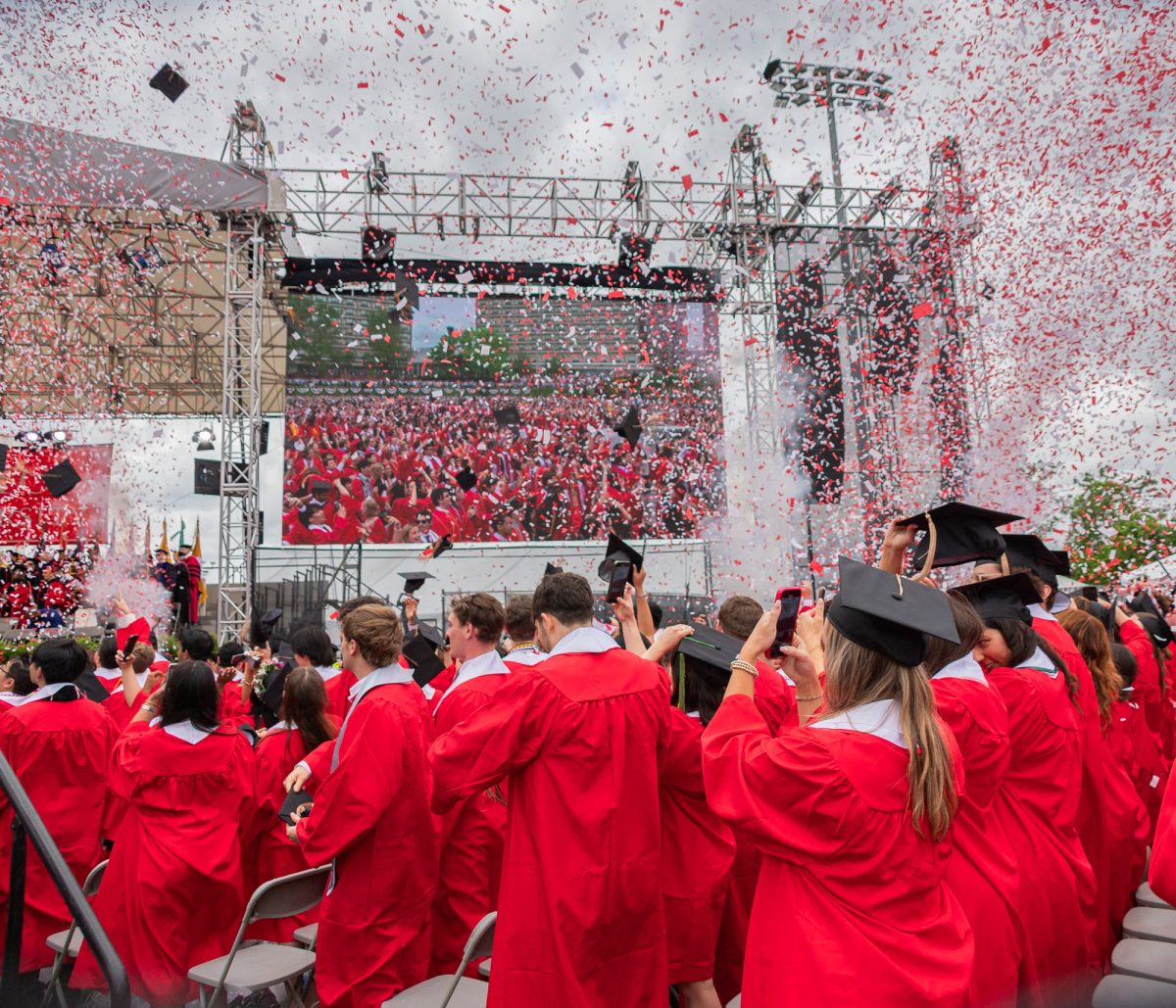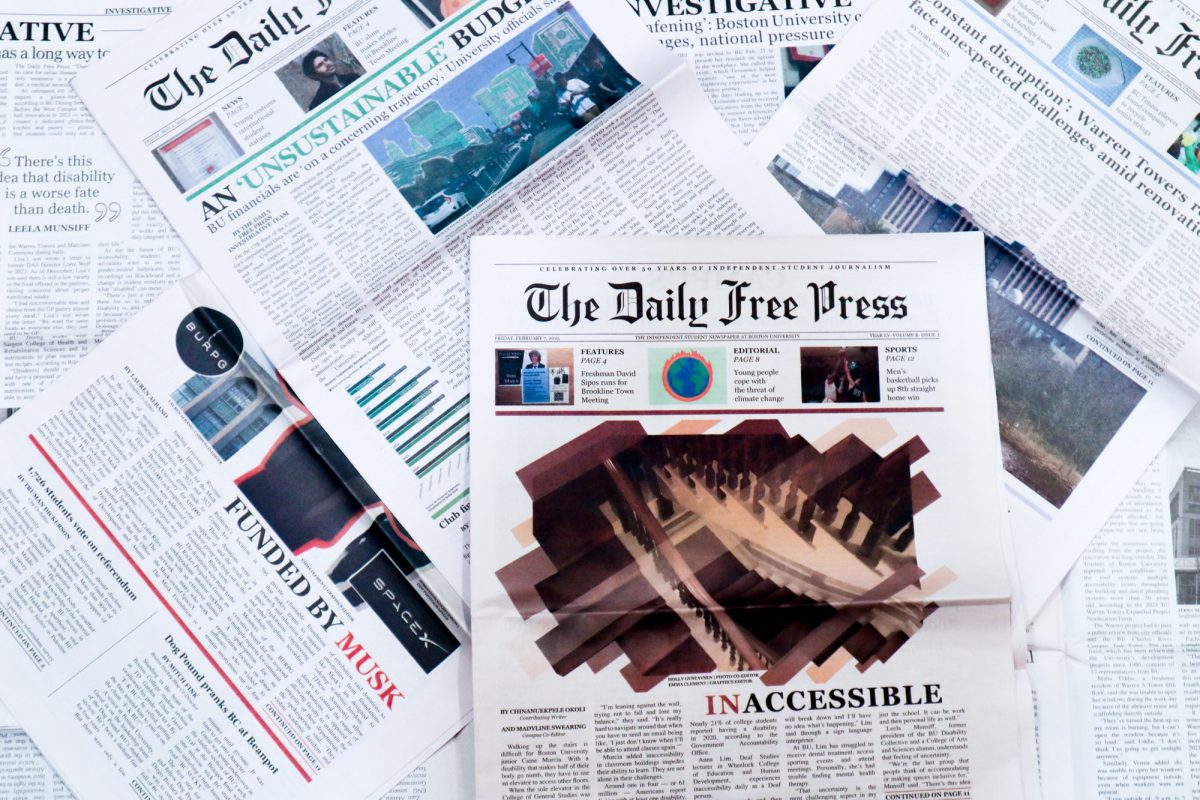On Sunday night, one of the highest-profile events in the United States took place in Detroit.
The event featured a magic fridge, a soda can producing a hit record and starring in an action movie, a man working in an office full of chimps, a streaking sheep disrupting a football game played by Clydesdales, cavemen with shipping problems and crooked security guards confiscating a bottle of soda.
It also featured performances by R’B and rock ‘n’ roll greats, appearances by former elite athletes and, oh, a football game.
What is ostensibly a game to decide who rules the world of the National Football League has in reality become much more than that. The greatest NFL proving ground, the Super Bowl, has also become a cultural phenomenon: an event – well, super event – that transcends simple sporting event, becoming entertainment.
The two teams fortunate, talented and driven enough to reach the Super Bowl fight for the ultimate gridiron victory and, during breaks in the action, those advertisers fortunate, talented and driven enough to represent clients able to budget advertising in the Super Bowl spar for the bragging rights to the ultimate sales pitch.
SIZE DOES MATTER
With an estimated 90 million people tuning in, there is no single event in the United States that attracts as much attention, from advertisers and viewers alike, as the Super Bowl.
Christopher Cakebread, assistant professor of advertising in the Boston University College of Communication, said the Super Bowl can be a great place for advertisers to make a big splash as far as product launches and click-throughs, or website traffic, are concerned.
“The Super Bowl is the most visible event in the United States,” Cakebread said. “It’s a wonderful event, for the right strategy.”
Thanks to the staggering interest in the event, prices for spots during the game ran well into seven figures. A 30-second spot in Super Bowl XL is estimated to have cost $2.5 million, and that figure does not include the cost of actually producing the ad.
Cakebread said while the Super Bowl is a great opportunity for advertisers, the high costs of ads present a great risk.
“The concept should be the best way to sell the client’s product,” Cakebread said. “The Super Bowl has become almost entertainment.”
Indeed, the Super Bowl has evolved into a much more complex event than the simple championship game it was years ago. In 2006 an estimated 40 million women watched the game, perhaps drawn more by the concerts, cameos and commercials than the game itself.
Because of how the game has changed, Cakebread said it may not be the right strategy for some, before adding that for other companies it’s a good investment.
“For companies like Gillette and Mobile ESPN it makes sense to advertise because there is no better time to sell their products than the Super Bowl.”
Therefore it is no surprise to find ads from companies like the sports media and razor moguls, as well as beer giant Anheuser-Busch, soda maker Pepsi Co., car manufacturers Honda, Ford and General Motors, website CareerBuilder.com and mobile communications provider Sprint Nextel featured in the broadcast.
Roger Baldacci, senior vice president and creative director at Arnold Worldwide, said his agency has handled Super Bowl ads for clients such as Volkswagen, Monster.com and “Truth” – the teen anti-smoking campaign, whose “Shards O Glass” spot ran at the Super Bowl two years ago and won him an Emmy award.
This year Arnold prepared the ad for Mobile ESPN, producing its “Sports Heaven” spot – demonstrating the sports-news phone by featuring professional athletes from Stephon Marbury of the New York Knicks, to Torii Hunter of the Minnesota Twins, a marching band, gymnasts and sprinters, NASCAR racers and golfers.
“The client approached us about running on the Super Bowl and we were excited about telling their story on such a big stage.” Baldacci said. “There are no opportunities like the Super Bowl that can give you that kind of reach and viewership.”
ADVERTISER BEWARE
There is, however, a certain degree of risk associated with featuring an ad during such a high-profile event.
“There is no reward without risk.” Baldacci said. “So the upside in generating awareness for this amazing new ESPN phone to an audience of 90 million was far greater than the downside of the ad being perceived as flat.”
Along with the constant risk of the ad simply falling flat and underperforming, a company runs the risk of alienating customers if the ad is somehow offensive – which happened at a recent Super Bowl to athletic shoe company Just-For-Feet.
The company caught considerable backlash after its ad, which featured a barefoot Kenyan runner being accosted and forced into Nike sneakers, was called racist by many viewers.
Considering the size of the audience being addressed, mistakes of this nature can be extremely costly to both the company represented and the advertising agency handling the ad in terms of publicity. If you factor the expense of producing the spot into the equation, the cost can be astronomical.
Cakebread said work on a Super Bowl ad begins far in advance: planning for the spot, to air in the February broadcast, often begins the summer, if not the spring before. The best time-slots, during the first two quarters of the game, go early as companies hope to catch viewers when their adrenaline and interest levels are still high.
Once the slot is purchased, the ad agency concepts the idea, pitches it to the client and then finally begins production. Months later, the ad will be cleared with the client, then the network, then finally aired in the broadcast.
The actual span of the project is “more than you could imagine,” Baldacci said. “Actually, even a 30-second commercial resembles a movie set with rows of trucks, trailers, lights, police cordoned-off areas, craft service tables and a massive cast.”
“Our mobile ESPN 60-second commercial was that times 10.”
Baldacci said producing the “Sports Heaven” spot for Mobile ESPN involved hundreds of people – from creative teams and directors, producers and business affairs teams on the ad agency side to cast, crew and extras on the client side – working in concert for months.
Judith Austin, associate professor of advertising in COM, said she didn’t believe the dollar figure a firm earns for a Super Bowl adverstisement is the main motivation for accepting such a challenge, but rather it’s the publicity accompanying the ad.
“I think it can elevate an agency to show that it can play in that league,” Austin said, “and that is better than the dollar figure because it will bring further business in the form of new clients.”
Arnold’s motivation, according to Baldacci, doesn’t mesh with Austin’s theory.
“Our only motivation is selling phones for mobile ESPN and driving people to Best Buy to get them,” he said. “Naturally a spot this big will get publicity, and publicity never hurts the client or the agency.”
Austin said agencies are likely to take on such challenges because success in the Super Bowl will attract clients with the kind of budgets ad agencies like to have.
The risks the ad agency assumes in undertaking such a project, however, were not lost on Austin, who, before joining the faculty at BU, worked for agencies such as Hill, Holliday, Connors, Cosmopulous and Humphrey, Browning, MacDougall – which is now Arnold Worldwide.
“I can’t conceive the pressure on creative people – it’s like your life is on the line, because I’m sure people can and have lost jobs over failed ads [in the Super Bowl],” she said. “The pressure has got to be right up there with performing on the field.”
Yet, Austin added, “It seems like [failing] is a risk agencies are willing to take.”
“We always feel pressure to do a great spot,” Baldacci said, “but usually when we do a commercial we’re only going after our target market – we care very much what they think and how they respond.
“With the Super Bowl, there is a lot of ‘spillover’ audience who don’t fit our target audience. So there is a danger in having those who the spot isn’t targeting say bad things about the spot which could cast a negative pall on it.”
So it is that – although Mobile ESPN’s “Sports Heaven” didn’t fare too well in certain polls, such as the annual USA Today Super Bowl Ad ratings – Baldacci feels the spot was well received overall.
SUPER IMPACT
Ultimately, companies are willing to shovel out millions for 30- or 60-second ads during the Super Bowl because, according to Austin, the ability to reach 90 million viewers at once can be just as effective as producing a longer-running, image-producing campaign.
“There have been companies that have turned from virtually unknown into a known entity virtually overnight,” by advertising in the Super Bowl, Austin said, and in that case, “it’s definitely worth it.”
“In some cases it may be the best money ever spent as a client,” Austin added, “and then sometimes all the money in the world can’t make a bad ad good.”
Due to the astronomical costs of Super Bowl spots, Cakebread said it doesn’t always make sense for a company to choose this route.
“To just run an ad in the Super Bowl and then stop talking about your product is not a good idea.” Cakebread said. “What you should do, instead, is use the Super Bowl as a vehicle to get your product out there and then extend your campaign to other media.
“What you are likely to see, for companies like Gillette and ESPN, is their campaigns extended through next month’s Olympics.”
Baldacci agreed that the Super Bowl should not be the focal point of a campaign.
“While the Super Bowl is high profile, it’s what you do for your clients every day that [will] really make or break a brand,” he said. “At Arnold, we never stop thinking about our clients’ brands and finding ways to make them more successful in an increasingly competitive and cluttered marketplace.”

